If I sat you down with a pencil and paper and asked you to draw me a picture of the Frankenstein monster, odds are, I can tell you exactly what you’d draw.
A large figure with a flat-top head, greenish-pale skin, with bolts sticking out of the neck, and heavy eyelids. If you were particularly ambitious, you might even draw the place of its creation: a lab full of electronic equipment and tables.
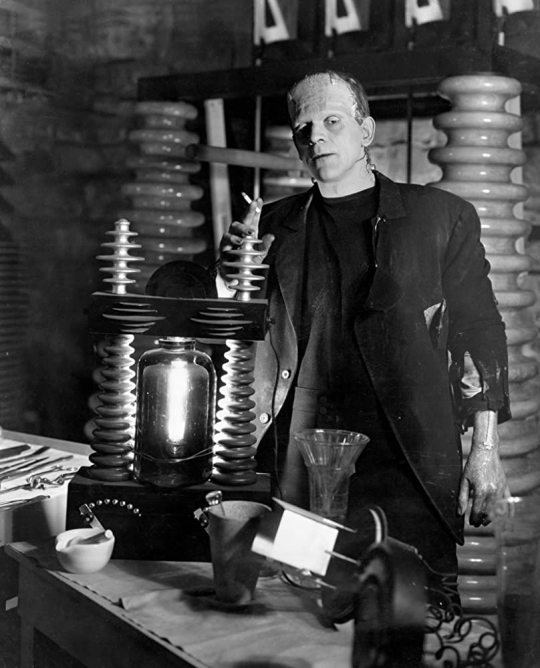
For the most part, if I were to take that picture, unlabeled, and pass it around to about thirty people or so without telling them what it was, most would probably identify it as the Frankenstein monster in the lab it was created in. Some might even chuckle and quote: “It’s alive!”
Ironically, the image that you would have drawn, and indeed, even the quote itself, are not native to the original Frankenstein story.
As a matter of fact, the image you would have drawn came from one, very specific place: James Whale’s 1931 horror classic: Frankenstein.
By 1931, monster movies certainly weren’t new. As far back as the silent films of the 1920s, films like Nosferatu, The Phantom of the Opera, The Man Who Laughed, and The Cabinet of Dr. Caligari had already begun exposing audiences to the scary side of movie magic, using film-gimmicks to make these frightening stories come to life in a way that audiences were wholly unused to. Even beforehand, a film adaptation of Mary Shelley’s sci-fi/horror classic Frankenstein had already been produced in the year 1910, almost a hundred years after the original book’s publication.
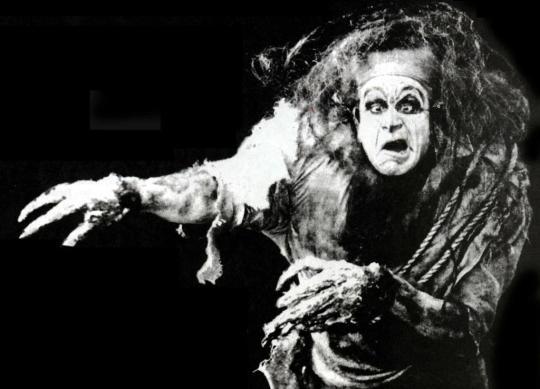
By the time talkies rolled into the theaters, audiences were already used to being scared. But even so, in 1931, something happened that shook the horror world, and audiences, right to their core: Tod Browning’s Dracula.
Dracula became a monster (ha!) hit, propelling lead actor Bela Lugosi, the character of Dracula, and horror itself to new heights. It was dark. It was creepy. It was interesting, and, most importantly, it was iconic. Since Lugosi’s turn in the role, Dracula in the pop-culture understanding has never been the same.
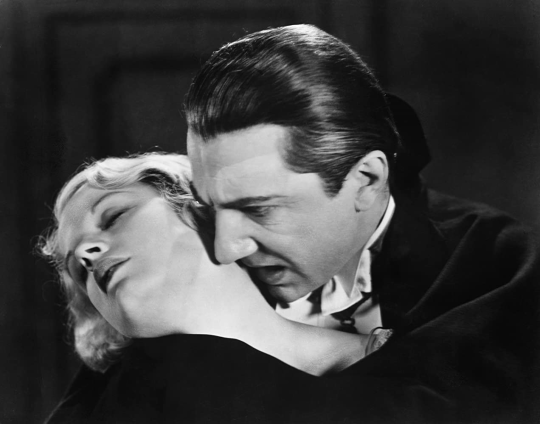
But this isn’t an article about Dracula. It’s an article about Frankenstein.
It just so happens that you can’t have one without the other.
Dracula took America by storm, shot with weird, Gothic shadows and angles, with a grand story and a truly chilling monster, played absolutely straight. There were no humorous bits, no last-minute Scooby-Doo twists that rendered the supernatural totally natural, this was pure, undiluted horror. This matters in the long run, and it certainly matters to Dracula, but it also matters, quite a bit, to Frankenstein too.
Without Universal’s Dracula, we’d never have Universal’s Frankenstein.

Directly after Dracula’s massive reception (selling fifty-thousand tickets in its first weekend), Universal started production on another big-budget horror film. Deciding to follow a similar path as Dracula, Gothic source material was selected: Mary Shelley’s 1818 novel: Frankenstein.
In November of 1931, the film was released, and changed horror, and Frankenstein, forever, just as much as Dracula had.
Spawning multiple sequels (including almost-as-famous film, Bride of Frankenstein), James Whale’s version of the Frankenstein story lived on for over ten years under the Universal brand, concluding with horror-comedy Abbott and Costello Meet Frankenstein. During this period, the Frankenstein creature met up with both Dracula and the Wolf Man in some of the original examples of a cinematic universe, before Universal laid the character to rest in 1948.
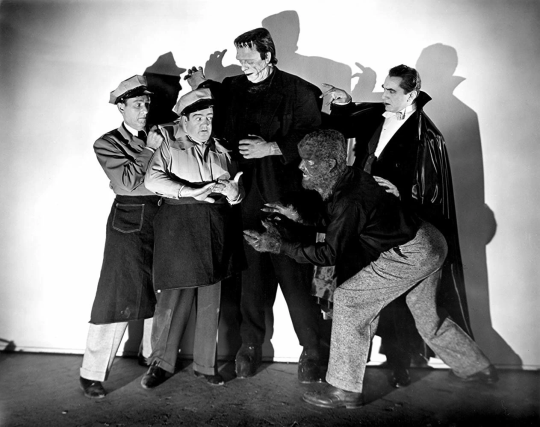
But, of course, much like within the story, Frankenstein wouldn’t stay dead for long.
British company Hammer Film Productions resurrected the story, and character, in 1957 for The Curse of Frankenstein, making several films about the creature for a few more decades. Italy and Japan had their own turns with the character for their own films, such as Lady Frankenstein and Frankenstein Conquers the World. The character model of the monster would appear in everything from Scooby Doo to The Munsters, even appearing on cereal boxes. (Frankenberry is a classic.)

The character of the Frankenstein monster has been in the public consciousness constantly since 1931, remade, rebooted, genre-twisted, parodied, quoted and referenced in more films than almost any other story to date.
That doesn’t seem so terribly surprising. After all, Mary Shelley’s book came out over two hundred years ago. Of course, a story that old would still be kicking around today in many different versions, right?
Right.
But also wrong.
Remember that picture I asked you to draw?
Like I said earlier, the elements of that picture, from the iconic, blocky look of the monster to the mad-scientist lab around him, come from the 1931 film. But that’s not all.
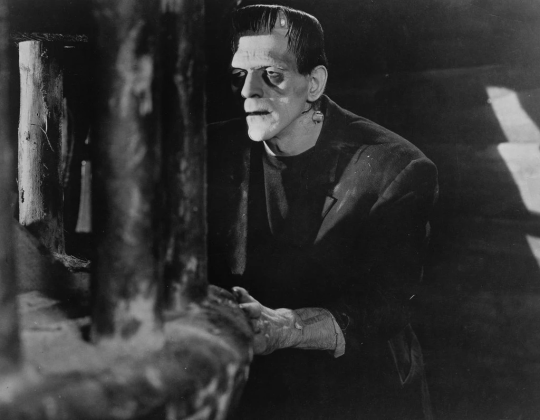
Igor? Originated in the Universal monster lineup of Frankenstein films (albeit a composite of Fritz, the hunchback assistant played by Dwight Frye in the original and the actual character Igor, played by Bela Lugosi in later films).
The idea of the monster being assembled from the parts of freshly-dead corpses? First appeared in the original Universal film.
Electricity bringing the monster to life? Also this movie.
The monster being mute? One guess.
It’s not unusual for stories to become lost in adaptation. It happens all the time. It explains why the Wicked Witch of the West is green so often, despite the fact that she wasn’t in the original Wizard of Oz novel. It’s why we associate the quote “Here’s Johnny!” with Stephen King’s novel The Shining, even though it never appeared in the book. It’s the reason that we assume that John Rambo is a heroic good-guy survivor, when in the original First Blood book, he was on the more ambiguous side, and died in the final confrontation.
What is a little more unusual is that while there have been a few versions of Frankenstein on film that have tried to follow Mary Shelley’s original book a little closer, for the most part, almost every single film instead adapts James Whale’s story.
The monster is almost always mute (or learns to talk in a stilted manner, as in Bride of Frankenstein). He’s made from bodies of the dead. He’s reanimated by electricity, worked on by a manic Dr. Frankenstein and his hunchback assistant, Igor. And, almost always, the monster looks like Boris Karloff.
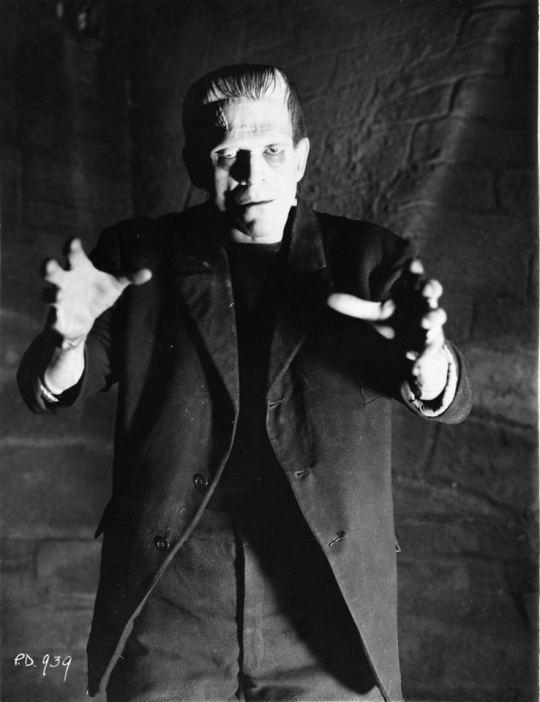
Whether just appearing in films like The Monster Squad or being lovingly lampooned in direct parodies such as Young Frankenstein, James Whale’s 1931 film made a huge mark, not just on Frankenstein, not just on horror, but on film in general. Despite the fact that there have been multiple versions of the Frankenstein story told on film, somehow, the original Universal picture has remained the definitive adaptation in the pop-culture consciousness, enduring almost ninety years while still being considered the most popular, most iconic, and best version to date.
How on earth did that happen?
You’d think a film made in 1931 clocking in at one hour and eleven minutes would be easy to top. Scarier movies have been released since then. More accurate movies have been released since then. In fact, there have been over thirty-five films made since this movie, all bearing the Frankenstein name, and even more films without the monster getting top billing. Why is it that this film in particular is so persistently loved?

If you’ve been with us for any length of time, you’ve already figured out that that’s going to be the question we’re looking at.
Why is Frankenstein so adored almost ninety years after it was first released? How is it that one skewed vision of Mary Shelley’s novel has become the definitive version? What was it about that film that is so iconic and beloved that almost every version since then has at least referenced it, if not outright copied it?
That’s what we’re going to be trying to answer in the articles ahead. Stay tuned for an in-depth discussion of James Whale’s 1931 monster movie classic: Frankenstein.
Thank you guys so much for reading, and I hope to see you all in the next article.
One thought on “Frankenstein: Legacy and Impact”